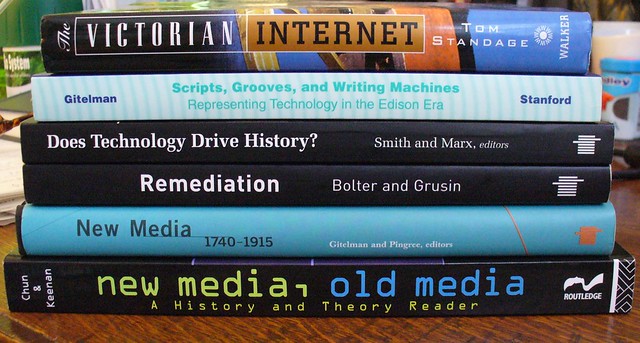Apple gives us a run-down of the Oracle of Kevin Bacon we spent time discussing in the symposium this week. She explains that technology is bringing the world together and making it a smaller place. I think it’s so sad that the ‘unconnected’ are so easily forgotten in sweeping statements like this. Three of five people in the world still do not have access to the Internet. We are so easily blind to the reality of information inequality. As can be seen in the late modern world, access to the digital world is closely connected to power and who wields this power. The disparity between those who are ‘media rich’ and those who are ‘media poor’ raise issues of technological infrastructure, or lack thereof. It’s something I’m very interested in – the idea of information rich countries and information poor countries who might be disadvantaged by their inability to access the online realm.
Kate talks all about copyright in her blog post, making a really interesting observation that so often copyright is discussed with negative connotations (such as copyright infringement, or copyright limitations). Instead, I’m on Lessig’s team and think we should be moving more towards a celebration of all that copyright can allow, especially in the field of creative commons which can contribute to some amazing cultural movements such as remix culture and rewrite culture.
Nicola tackles the idea of technological neutrality – something I’m still grappling with myself. She thinks that technology is neutral, until picked up and used by a human. I think that it’s a lot more complex than this, with debates around technological determinism and the relationship between technology and culture continuing to stump me with each new reading.
